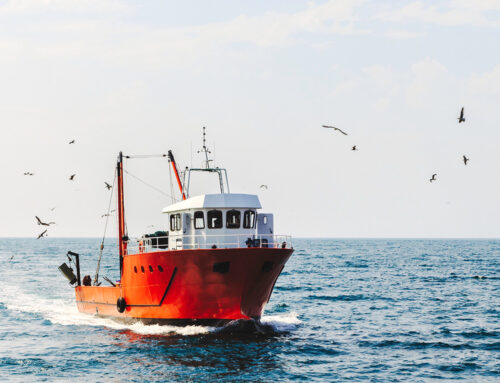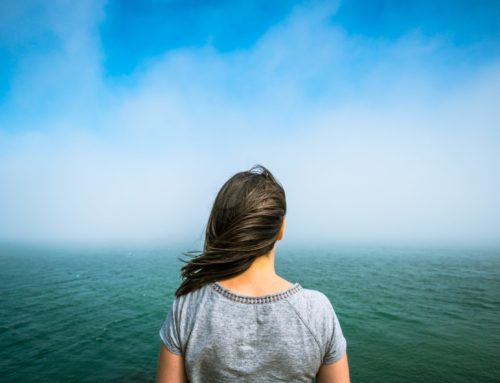Living in harmony with our oceans – why following sustainable fishing practices is critical
It’s estimated that approximately 70% of fisheries worldwide have been overexploited posing a huge challenge. Globally, human populations depend on fish as an essential source of protein. Ocean ecosystems play important roles in global ecological health such as the production of oxygen by ocean phytoplankton and supplying food for the many species that are part of the global food chain.
Healthy oceans are critical for the provision of food, livelihoods and a strong marine economy. So how can commercial fisheries work more sustainably?
Follow sustainable fishing methods
Some fishing methods are considered decidedly harmful, while others follow more sustainable practices.
- Trawling
Responsible for the largest percentage of commercially available fish. When used higher up (usually to scoop up whole schools of fish), their impact is not as severe.
- Traps
This is considered as a good method. Floating traps and weirs, which guide the fish into smaller boxes, don’t harm the fish or the environment. Reef nets used to catch salmon in the Northwest, are shallow, close to the surface nets that the salmon swim right into.
- Trolling
This method uses anchored lines from a moving boat to hook fish individually, allowing for minimal bycatch (unwanted fish and other marine creatures trapped by commercial fishing nets during fishing for a different species) and quick release.
- Pole and line
Pole and line is a fishing method used to catch tuna and other large pelagic (midwater) species one fish at a time – a more sustainable fishing method.
- Longlining
This technique uses a very long central fishing line that has multiple smaller lines of baited hooks attached to it. If these longlines are placed deep in the water, and if special circle hooks are used, they greatly reduce the incidents of bycatch.
- Purse Seine
A method of fishing that uses a seine (a fishing net which hangs vertically in the water with floats at the top and weights at the bottom edge, the ends drawn together to encircle the fish). Purse seine fishing is a consistent and efficient method, enabling fishers to catch and freeze large quantities of tuna.
Promote Best Practices In Fishing
- It’s important to create awareness around sustainable aquaculture operations that minimize pollution, disease and damage to native ecosystems.
- The prohibition of shark finning and other unsustainable fishing practices by both national and international authorities.
- Targeting species that are in abundance, smaller and lower on the food chain to allow for quick reproduction and replacement.
- Mitigating bycatch.
- Influencing governments and international laws to change the rules by advocating for ecosystem-based management in the high seas, tracking down illegal fishers, finding practical solutions for unmanaged fisheries and defining new business models that will transform the way fisheries perform.
- Creating sustainable market incentives for spurring fishers, processors, buyers and retailers to commit to certified wild-caught fisheries (Marine Stewardship Council, MSC) and aquaculture (Aquaculture Stewardship Council, ASC), and to purchase and sell seafood products that can be traced back to their origin.








